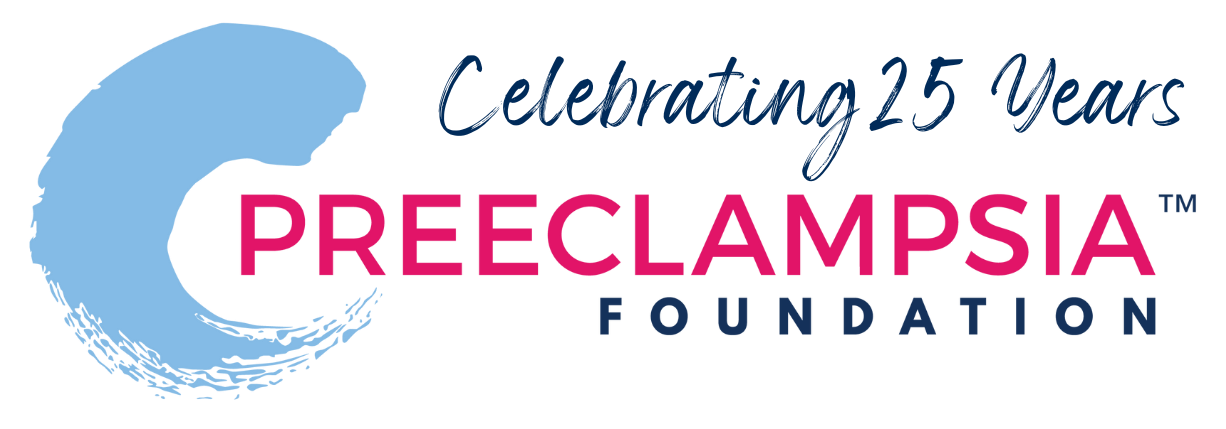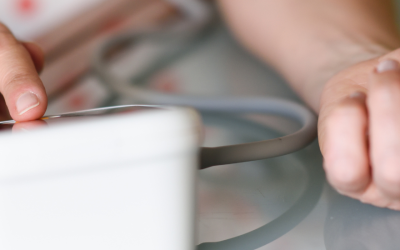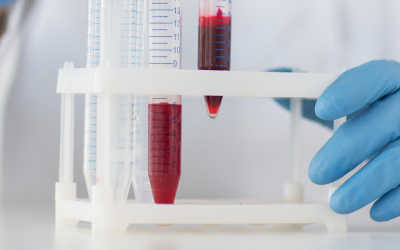PREECLAMPSIA BASICS
State of the art review: What we know about preeclampsia
BMJ
This article is a review of the scientific literature to date about preeclampsia, written by some of the most world-renowned preeclampsia researchers. The article reviews the history and definitions of eclampsia and preeclampsia, along with population level data describing women with preeclampsia. The review article then describes what role the placenta is thought to play in preeclampsia, as well as the evidence for what contribution genetics makes to preeclampsia. The review then discusses screening, preventing, and treating preeclampsia and ends with the long term implications of preeclampsia. Although written for a scientific audience, this article is a valuable and rare compilation of information about preeclampsia spanning from when eclampsia was first described 2,400 years ago through today’s most cutting edge research. Read the original article here.
LONG TERM EFFECTS
Preeclampsia brings the risk of premature cardiovascular disease in women closer to that of men
Canadian Journal of Cardiology
Middle-aged men are at twice the risk for developing early cardiovascular disease compared to women of the same age. However, it is now well known that a history of preeclampsia can increase a woman’s risk for premature cardiovascular disease. In this study, researchers asked if women with a history of preeclampsia have a cardiovascular disease risk more similar to men than to women without a history of preeclampsia. Studying more than 55,000 Canadian women with a history of preeclampsia, researchers found that a history of preeclampsia increased women’s risk for cardiovascular disease to closer to that of a similarly aged man (16 per 10,000 person-years vs. 22.5 per 10,000 person-years), when compared to women without a preeclampsia history (7.5 per 10,000 person-years). Read the original article here.
LONG TERM EFFECTS
A history of preeclampsia in healthy, Swedish women increases risk for end-stage kidney disease:
PLOS Medicine
Researchers used the Swedish Medical Birth Register to conduct a study in over 1.3 million healthy Swedish women to ask: what is the relationship between a history of preeclampsia and developing end-stage kidney disease later in life? In this study, 67,273 women had preeclampsia and 410 of these women were later diagnosed with end-stage kidney disease. These data show a 5-fold increase in risk of having end-stage kidney disease for women with a history of preeclampsia when compared to the risk for women without a history of preeclampsia. The researchers suggest that preeclampsia should be an important risk factor considered when evaluating risk of end-stage kidney disease. Read the original article here.
PREVENTION
Treating women with aspirin to prevent preeclampsia is worth the cost
Obstetrics & Gynecology
A cost-effectiveness analysis can help researchers understand both the costs and health outcomes of an intervention. In this study, researchers simulated the health care costs (and number of theoretical preeclampsia cases) from different strategies for prescribing aspirin to prevent preeclampsia. The investigators wanted to compare how 1) not prescribing aspirin, 2) deciding to prescribe aspirin based on biomarker and ultrasound data for each patient, or 3) giving aspirin based on how the current US Preventive Task Force recommends, each compares to simply giving aspirin to all pregnant women (called universal aspirin administration). From this complex statistical modeling, investigators found that universal aspirin administration could result in the fewest cases of preeclampsia and lower cost compared to the other 3 strategies. It is critical to mention that this is a controversial but thought-provoking study about the potential benefits of prescribing aspirin in all pregnancies which is not the current recommended guideline. Read the original article here.
CAUSES
A new way that placenta cells could be causing preeclampsia
Scientific Reports
SRC-3 is a protein inside placenta cells that helps placentas grow and develop. Since we know that placentas in preeclampsia don’t grow well enough into the mom’s uterus, researchers asked if women with preeclampsia have less SRC-3 in their placenta cells. When the researchers compared the amounts SRC-3 in a small sample of placentas from women with preeclampsia to normotensive women, this study found that preeclamptic placentas did in fact make less of the SRC-3 protein. Researchers went one step further and ran a series of experiments in placenta cells grown in culture (meaning in a petri dish) to see how SRC-3 may be effecting how placenta cells behave. When the researchers put the cells in “preeclampsia-like” conditions, the cells did not make enough SRC-3 and therefore were not as good at invading or migrating across the petri dish. Placenta cell invasion and migration are two skills a health placenta cell needs to adequately grow into the uterus and get enough blood, oxygen, and nutrients exchanged between mom and baby. A possible role for SRC-3 in preeclampsia is a new discovery for this protein and more experiments are needed to continue to understand this relationship and how it might influence a therapeutic intervention. Read the original article here.
About Dr. Elizabeth Sutton
Research Roundup Editor
Dr. Elizabeth Sutton is the Research Roundup Editor for the Preeclampsia Foundation, while serving full-time as the Scientific Research Director at Woman's Hospital in Baton Rouge, Louisiana. Dr. Sutton is a preeclampsia survivor and researcher with a PhD in Molecular and Developmental Biology from Louisiana State University. Her research efforts are focused on the short and long-term cardiovascular and metabolic consequences of preeclampsia in mothers and their children. Her work has been published in numerous scientific journals including Cell Metabolism, Obstetrics & Gynecology, Diabetes, and the American Journal of Physiology. Dr. Sutton is dedicating her life's work to the study of preeclampsia and the dissemination of health education to preeclampsia survivors to honor her resilient daughter, Willow (born at 35 weeks from preeclampsia with severe features in 2017).











